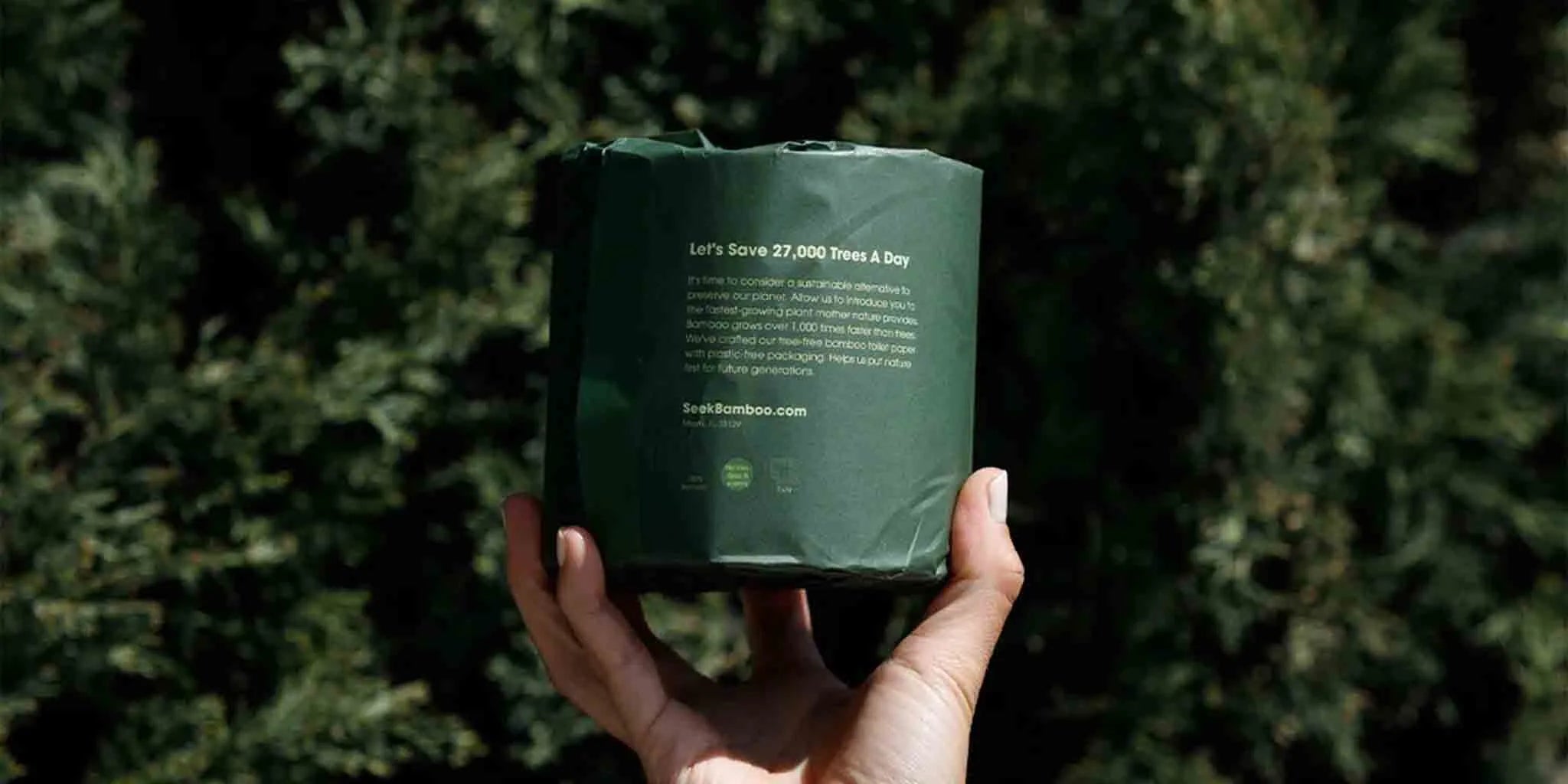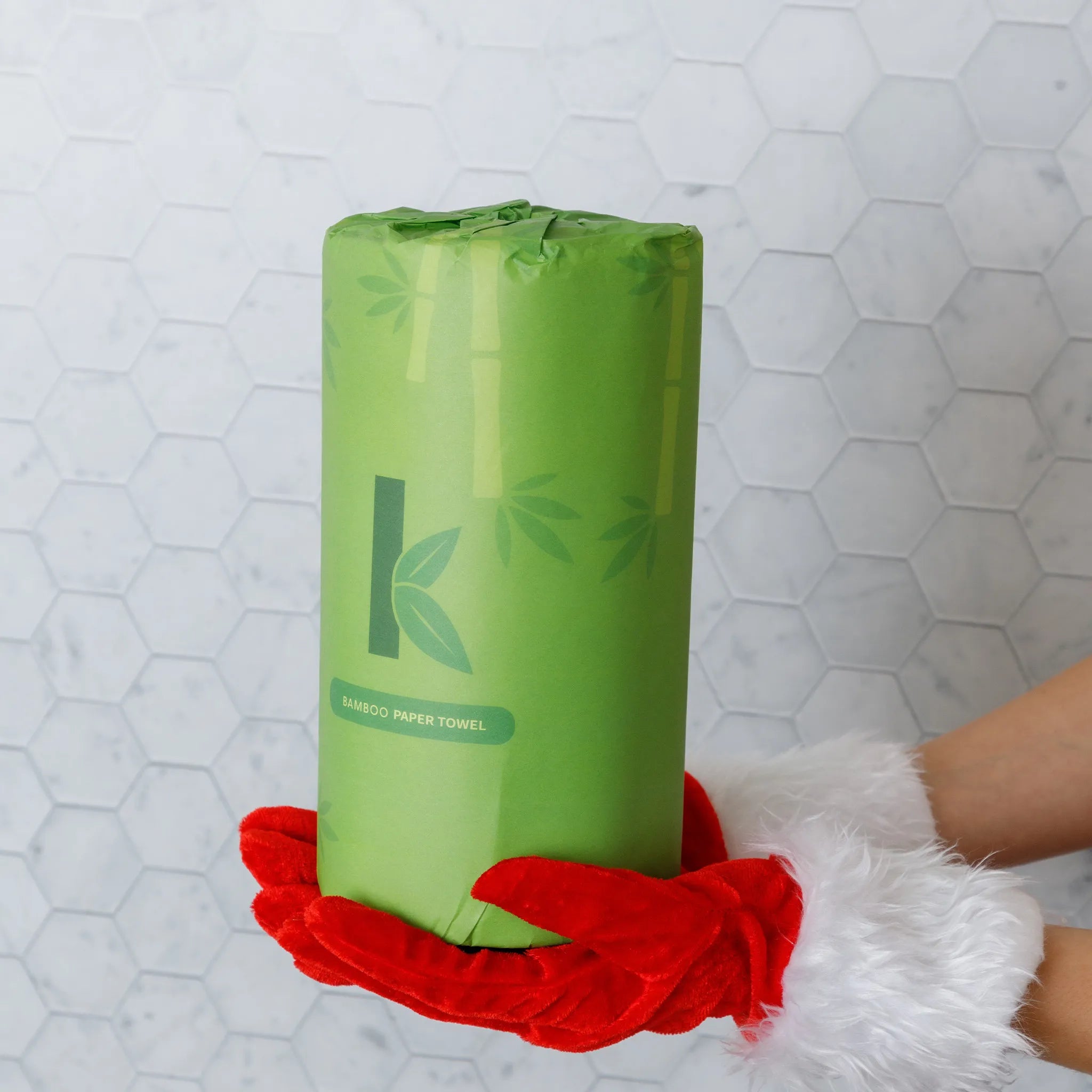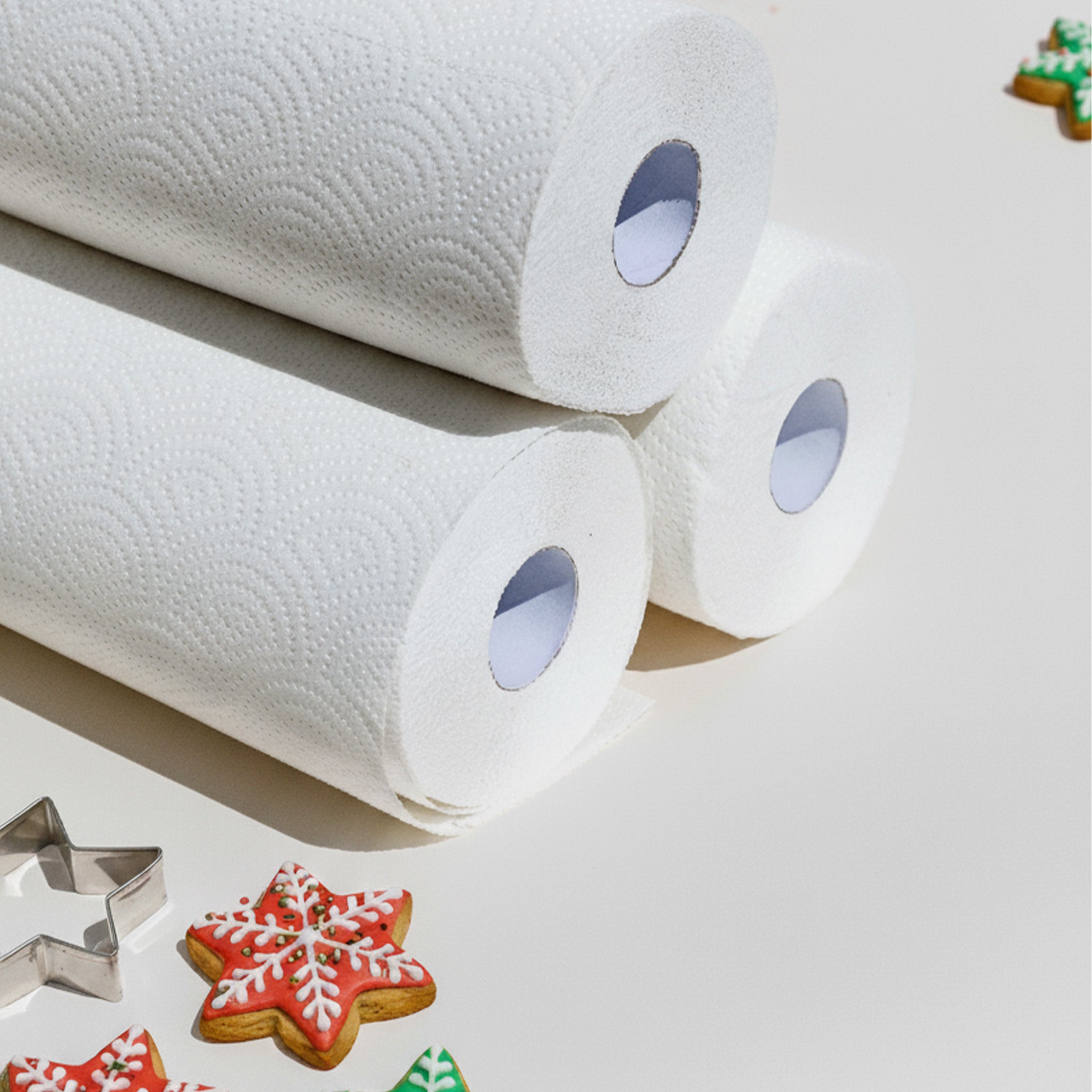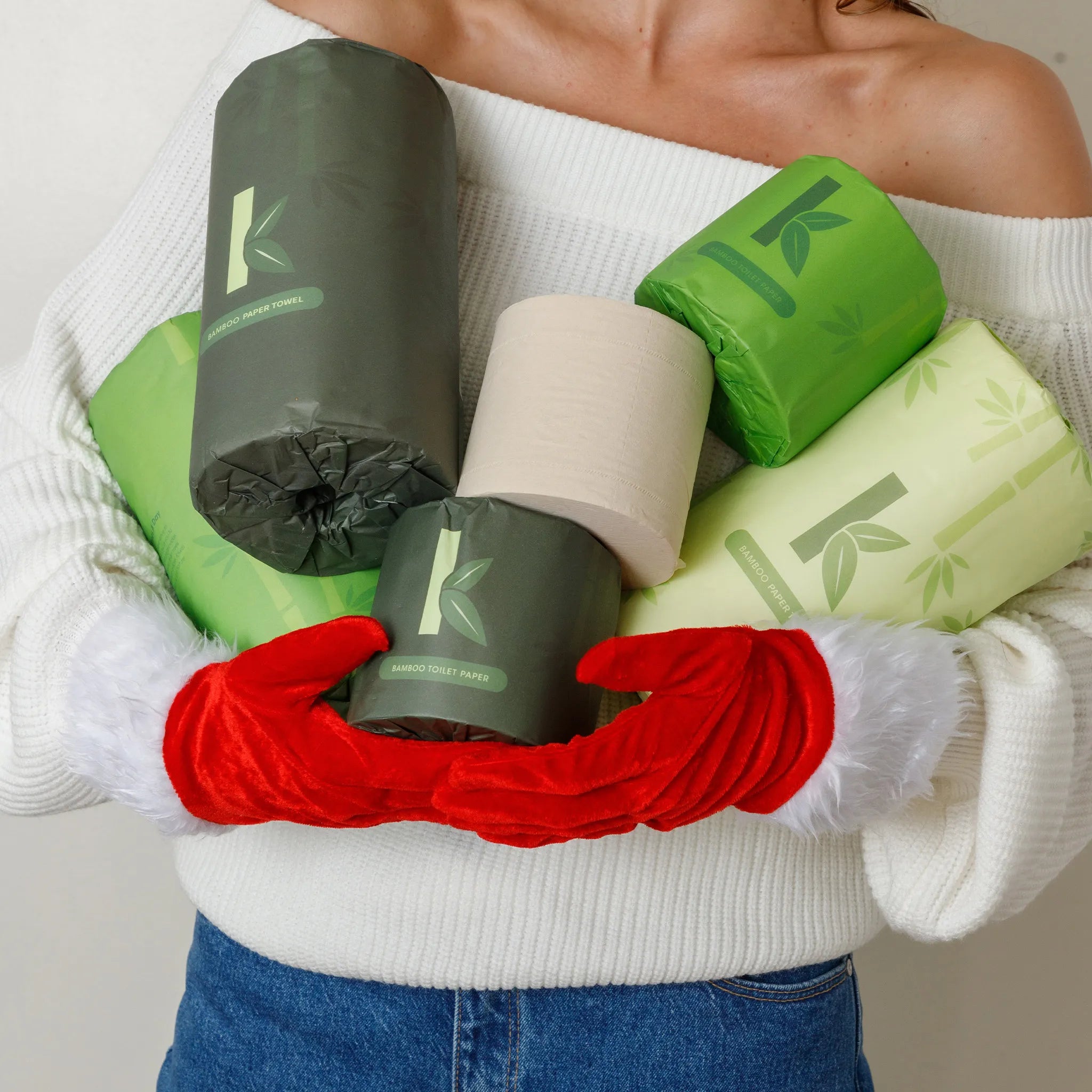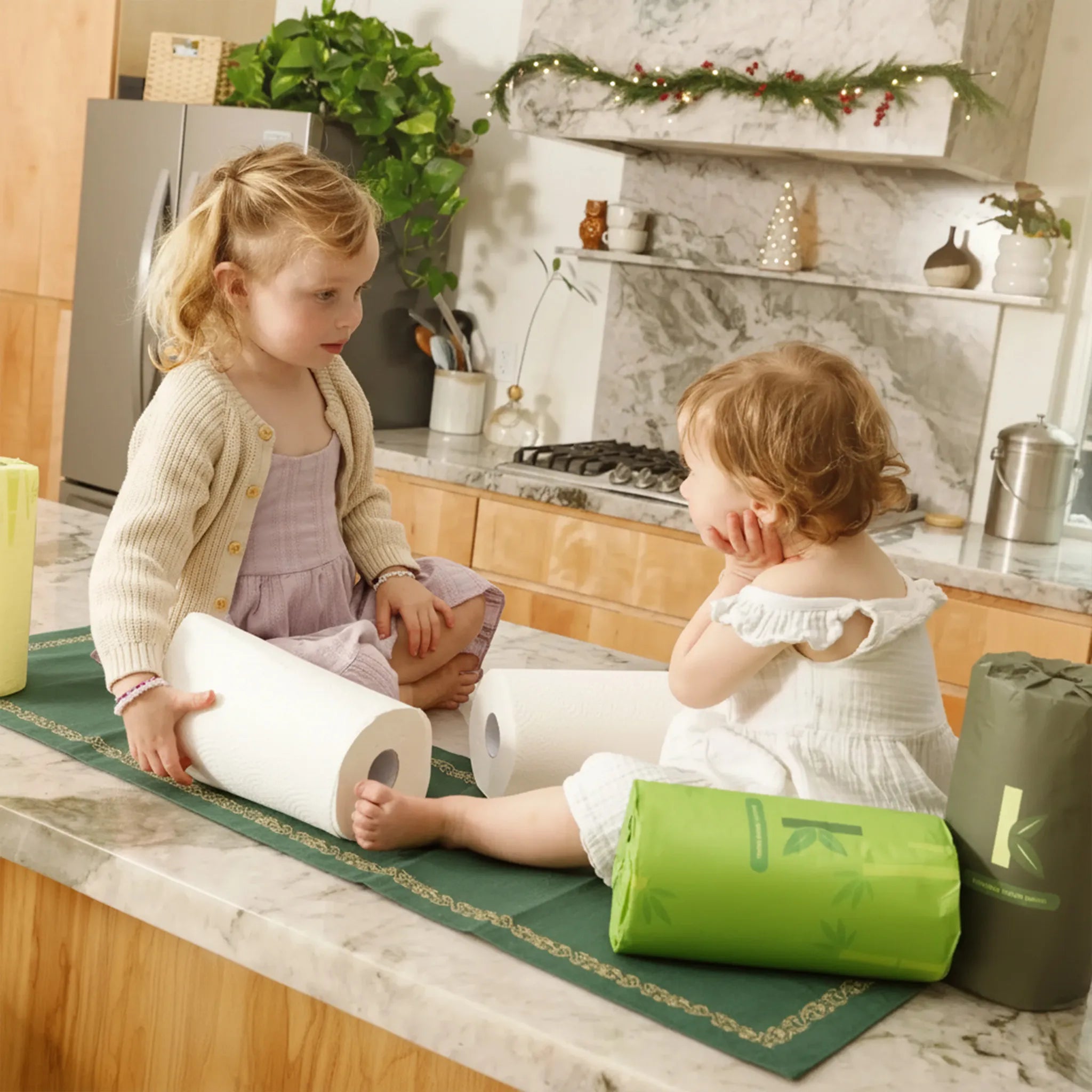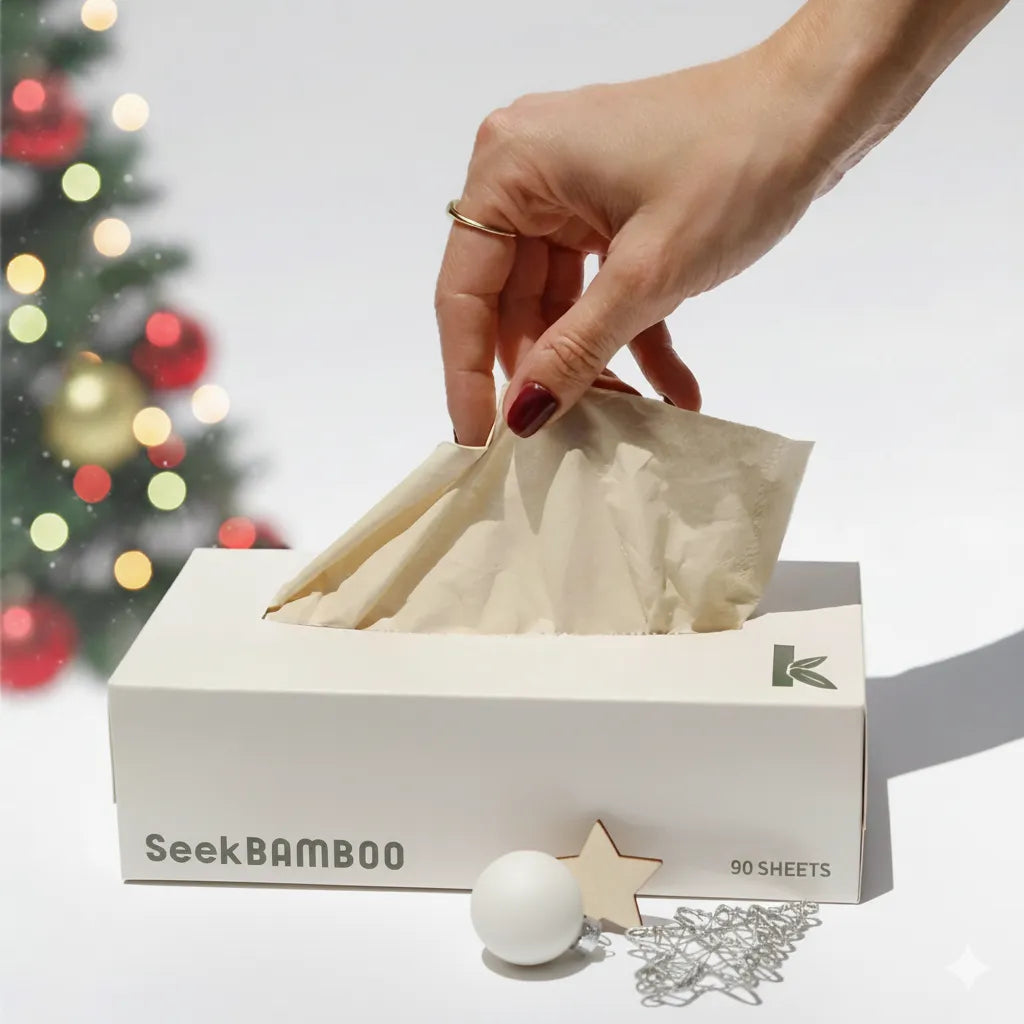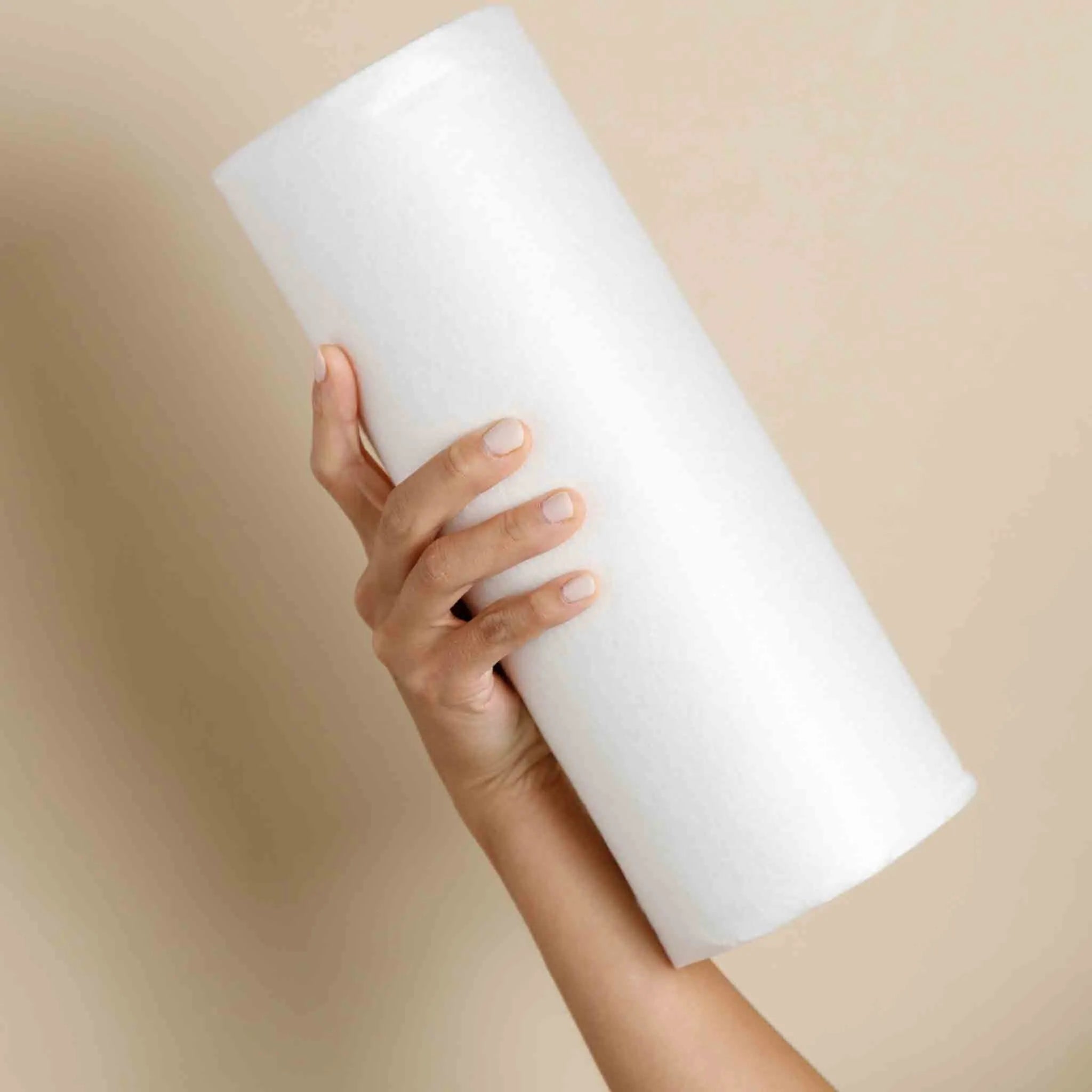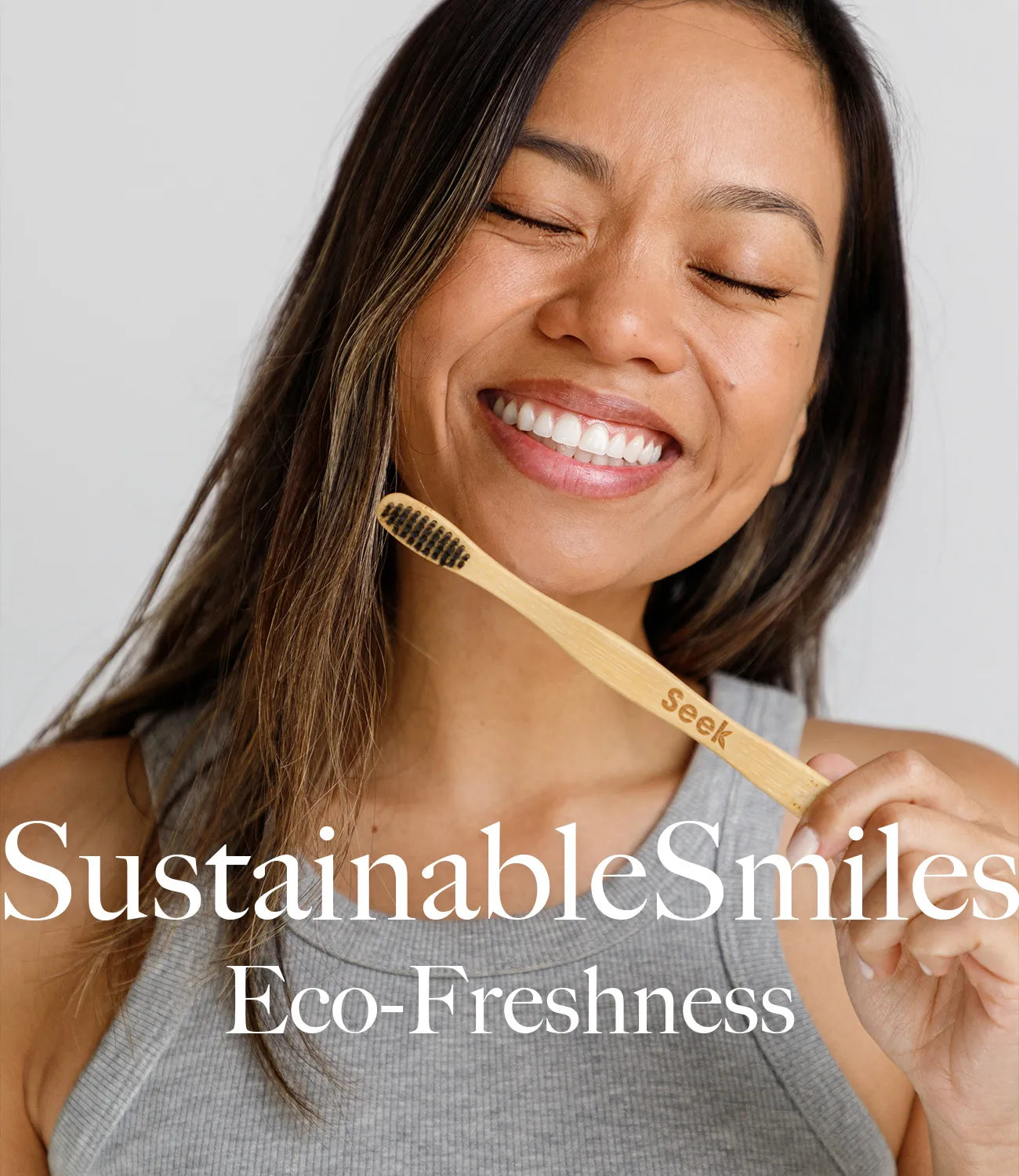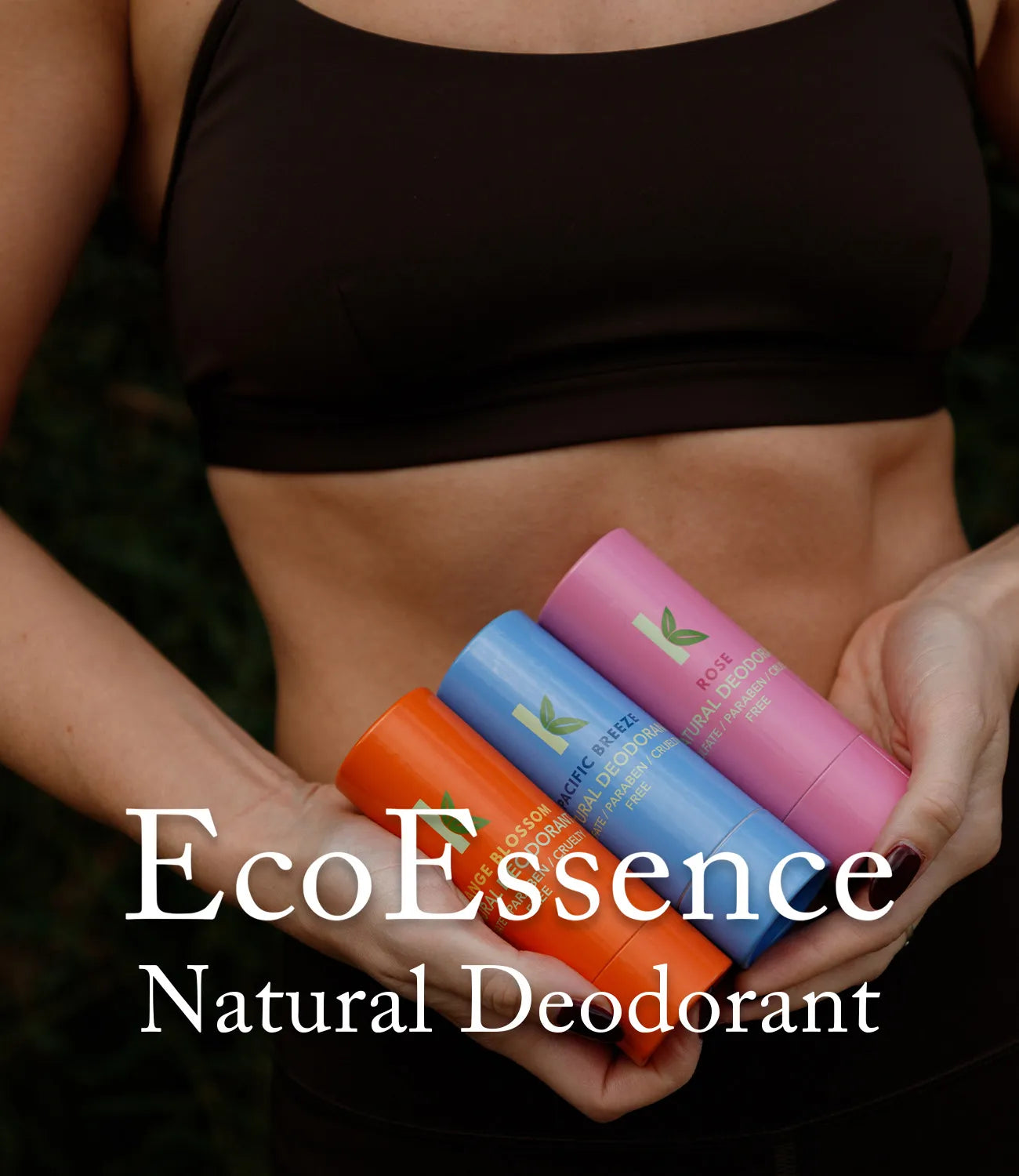Common Toilet Paper Materials
Toilet paper is an essential part of daily life, but have you ever stopped to wonder what it’s actually made of? While it might seem like a simple product, the materials used in its production play a significant role in its softness, durability, and environmental impact. Most toilet paper is made from three primary sources: wood pulp, recycled paper, and innovative alternatives like bamboo. In this blog, we’ll take a closer look at these materials, exploring their benefits, drawbacks, and what they mean for you—and the planet. Whether you're curious about traditional options or eco-friendly alternatives, this guide will give you the insights you need to make informed choices.
The Process of Making Toilet Paper
The production of toilet paper involves several steps, each carefully designed to create a soft, durable, and absorbent product. Whether made from wood pulp, recycled materials, or alternative fibers like bamboo, the process follows a similar structure. Here's a closer look:
Sourcing Raw Materials
- Wood Pulp: Most conventional toilet paper is made from virgin wood pulp, sourced from trees like pine and spruce. Sustainable producers often turn to responsibly managed forests to minimize environmental impact.
- Recycled Paper: Recycled toilet paper starts with collecting and sorting post-consumer paper products, such as newspapers and office paper.
- Bamboo: For bamboo toilet paper, the raw material comes from fast-growing bamboo plants, which are harvested sustainably.
Pulping the Materials
- Raw materials are broken down into a slurry-like consistency known as pulp. This step involves soaking and agitating the materials with water. For wood pulp, additional chemicals may be used to break down the fibers.
- Recycled paper requires de-inking to remove inks, dyes, and other impurities. Bamboo pulp, by contrast, undergoes a cleaner process since it doesn’t contain inks or synthetic materials.
Bleaching or Whitening
- In traditional toilet paper production, pulp is often bleached to achieve the bright white color consumers associate with hygiene. Unfortunately, this process may involve chlorine, which can release harmful byproducts into the environment.
- Eco-friendly brands use chlorine-free whitening methods, such as oxygen- or hydrogen peroxide-based bleaching, or skip bleaching altogether.
Drying the Pulp
- Once the pulp is ready, it is spread into thin sheets and passed through drying rollers. This step removes excess water, leaving behind a soft, lightweight sheet of material.
Pressing and Texturizing
- To improve the toilet paper’s texture and strength, the sheets are pressed and often embossed with patterns. Embossing not only enhances the appearance but also adds a layer of functionality by improving absorbency.
Cutting and Rolling
- The final sheets are wound into giant rolls, which are then cut down to standard consumer sizes. This is where double-ply or triple-ply layers are combined for added comfort.
Packaging
- The finished rolls are wrapped and packaged, ready for distribution. Eco-conscious producers use minimal or biodegradable packaging to reduce waste.
This process highlights the intricacies behind something we use daily without much thought. From the type of raw material to the method of production, each step influences the toilet paper’s quality, environmental impact, and sustainability.
Environmental Impact of Traditional Materials
Toilet paper made from traditional materials like virgin wood pulp has long been a staple of households worldwide. However, its production comes with significant environmental consequences that many consumers might not realize. From deforestation to excessive water consumption, here’s a closer look at the environmental toll of these practices.
Deforestation
- The primary ingredient in traditional toilet paper is virgin wood pulp, which often comes from trees in boreal and tropical forests. These forests play a critical role in absorbing carbon dioxide, maintaining biodiversity, and regulating the climate.
- Non-sustainable logging practices lead to large-scale deforestation, which accelerates climate change and destroys habitats for countless plant and animal species.
- According to environmental studies, approximately 27,000 trees are cut down daily just for toilet paper production.
Loss of Biodiversity
- The removal of forests not only reduces the Earth’s tree cover but also displaces wildlife, causing severe disruptions to ecosystems. Species that rely on forest habitats for survival face the risk of extinction.
Water Usage
- The production of wood pulp toilet paper is highly water-intensive. From pulping to bleaching, vast amounts of water are consumed, often in areas already facing water scarcity.
- It’s estimated that making a single roll of traditional toilet paper requires around 37 gallons (140 liters) of water.
Chemical Pollution
- The chemicals used in processing and bleaching wood pulp can pollute water sources. Chlorine-based bleaching methods, in particular, release harmful byproducts like dioxins, which are toxic and carcinogenic.
- These pollutants can contaminate rivers and groundwater, harming aquatic ecosystems and nearby communities.
Carbon Footprint
- Logging, transportation, and manufacturing contribute significantly to greenhouse gas emissions. Transporting raw materials and finished products across long distances adds to the carbon footprint of traditional toilet paper.
Why Eco-Friendly Alternatives Matter
Switching to sustainable materials like bamboo can drastically reduce these environmental impacts. Bamboo is a renewable resource that grows quickly without the need for replanting, and its production uses less water and energy. Additionally, bamboo toilet paper can be manufactured without harmful chemicals, making it safer for the planet.
Bamboo as an Alternative
As concerns about deforestation and environmental sustainability grow, bamboo has emerged as a game-changing alternative to traditional materials like wood pulp. Bamboo toilet paper is gaining popularity for its eco-friendliness, durability, and softness. But what makes bamboo so special? Let’s dive into the benefits of this sustainable resource and explore why bamboo-based products, including your bamboo paper towels, are a better choice for the planet.
Rapid Growth and Renewability
- Bamboo is one of the fastest-growing plants on Earth. Unlike trees, which can take decades to mature, bamboo can reach full height in just a few months. Some species grow up to 35 inches in a single day!
- After harvesting, bamboo doesn’t need replanting because its root system regenerates naturally. This makes it an incredibly renewable resource, ensuring minimal environmental disruption.
Low Water Usage
- Compared to traditional wood pulp, bamboo requires significantly less water to grow. This makes it a more sustainable option, particularly in areas facing water scarcity.
- The production of bamboo toilet paper also consumes less water during processing, further reducing its environmental impact.
Biodegradable and Compostable
- Bamboo toilet paper is fully biodegradable, meaning it breaks down naturally without leaving harmful residues behind. It’s also septic-safe and won’t clog plumbing systems, making it a practical choice for eco-conscious households.
- Bamboo paper towels share the same benefits, providing an eco-friendly alternative to standard paper towels that often end up in landfills.
Fewer Chemicals
- Bamboo toilet paper is typically processed without harsh chemicals like chlorine bleach. Instead, eco-friendly methods are used to achieve softness and durability, making it a healthier option for both the environment and sensitive skin.
- The same applies to bamboo paper towels, which are free from dyes, fragrances, and synthetic additives.
Soft Yet Strong
- Despite its eco-friendliness, bamboo toilet paper doesn’t compromise on quality. Its fibers are naturally soft, yet strong enough to withstand use without tearing easily.
- Bamboo paper towels also benefit from this strength, offering a reliable and reusable option for cleaning tasks.
Softness and Durability
When choosing toilet paper, two key factors consumers often prioritize are softness and durability. These qualities vary depending on the type of material used in production. Let’s explore how different toilet paper options compare, including why bamboo-based products strike the perfect balance between comfort and strength.
Traditional Wood Pulp Toilet Paper
- Softness: Conventional toilet paper made from virgin wood pulp is prized for its softness, especially in premium multi-ply options. However, achieving this softness often involves intensive chemical processing, such as bleaching and texturizing.
- Durability: While wood pulp toilet paper is reasonably strong, it can tear more easily if it gets too wet, leading to waste and frustration during use.
Recycled Paper Toilet Paper
- Softness: Recycled toilet paper tends to be less soft than virgin wood pulp due to the shorter fibers of the recycled materials. This can result in a rougher texture, which may be less comfortable for sensitive skin.
- Durability: Recycled paper is often sturdy but can lack the absorbency of other options, making it less effective in certain situations.
Bamboo Toilet Paper
- Softness: Bamboo toilet paper is naturally soft without the need for heavy chemical processing. Its fibers create a smooth texture that’s gentle on the skin, making it ideal for those with sensitive skin or allergies.
- Durability: Bamboo fibers are long and strong, giving bamboo toilet paper superior durability. It doesn’t tear easily, even when wet, which means you use less with each wipe—making it more cost-effective in the long run.
- Absorbency: Bamboo toilet paper is highly absorbent, rivaling or even surpassing traditional options. This absorbency ensures maximum comfort and practicality during use.
Environmental Benefits of Bamboo’s Quality
- Bamboo’s softness and durability not only make it a premium choice for toilet paper but also contribute to reducing waste. Because bamboo toilet paper is both strong and absorbent, consumers often use fewer sheets per visit compared to weaker or less absorbent alternatives.
Why Bamboo Toilet Paper Stands Out
Bamboo-based toilet paper delivers a luxurious combination of softness and strength, making it a standout choice for those who want quality without compromise. Whether you prioritize comfort, durability, or eco-friendliness, bamboo toilet paper offers the best of all worlds.
Likewise, bamboo paper towels share these qualities, providing soft yet durable cleaning solutions that can handle even the toughest messes. This makes bamboo products not only better for the environment but also more effective for everyday use.
Make the Switch Today
The journey toward a sustainable future begins with small, thoughtful decisions. By choosing bamboo toilet paper and paper towels, you’re investing in products that are better for you, your family, and the environment. It’s time to rethink the everyday items we take for granted and opt for options that align with our values. Ready to make the switch? Explore the benefits of bamboo products today and join the movement for a greener tomorrow.
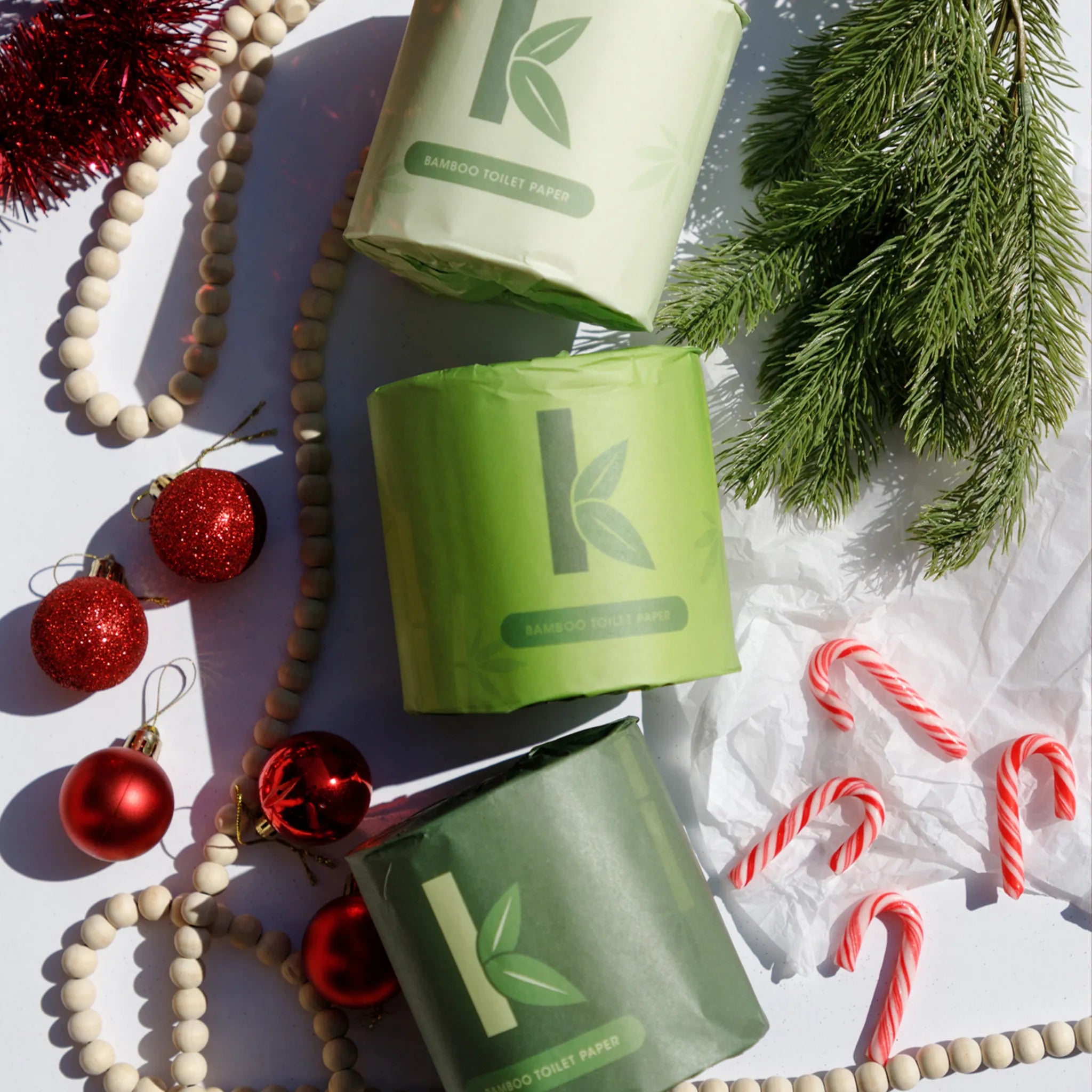
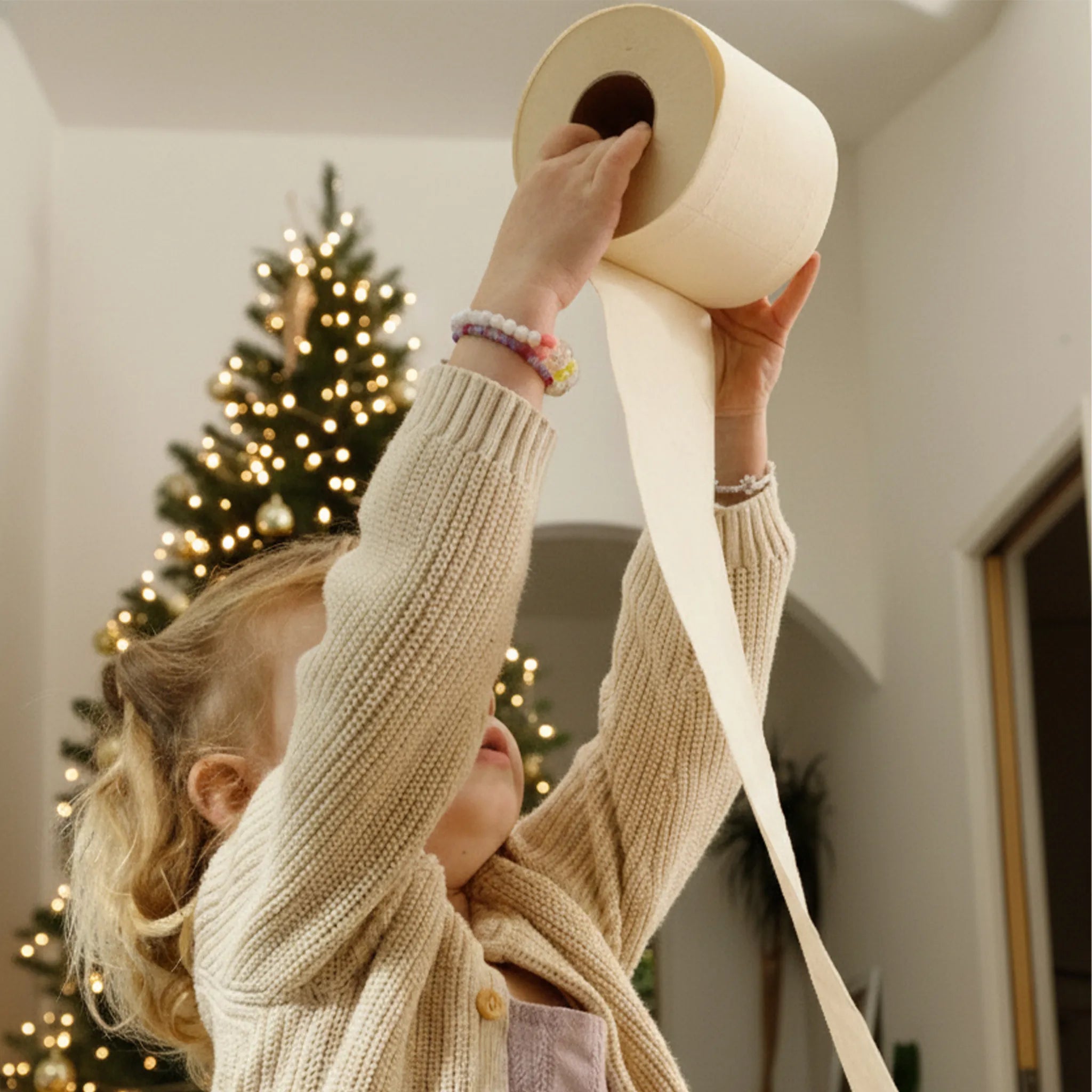
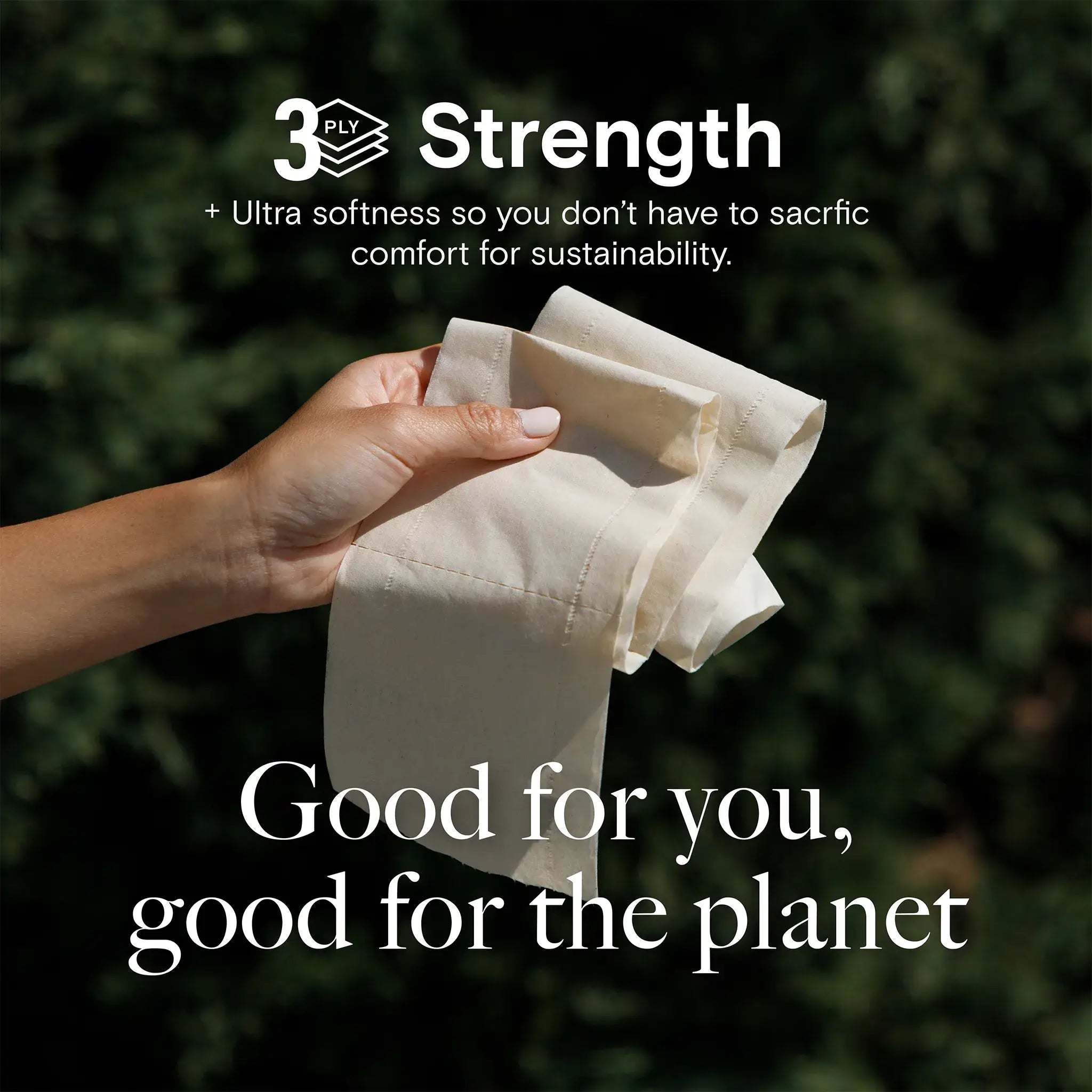
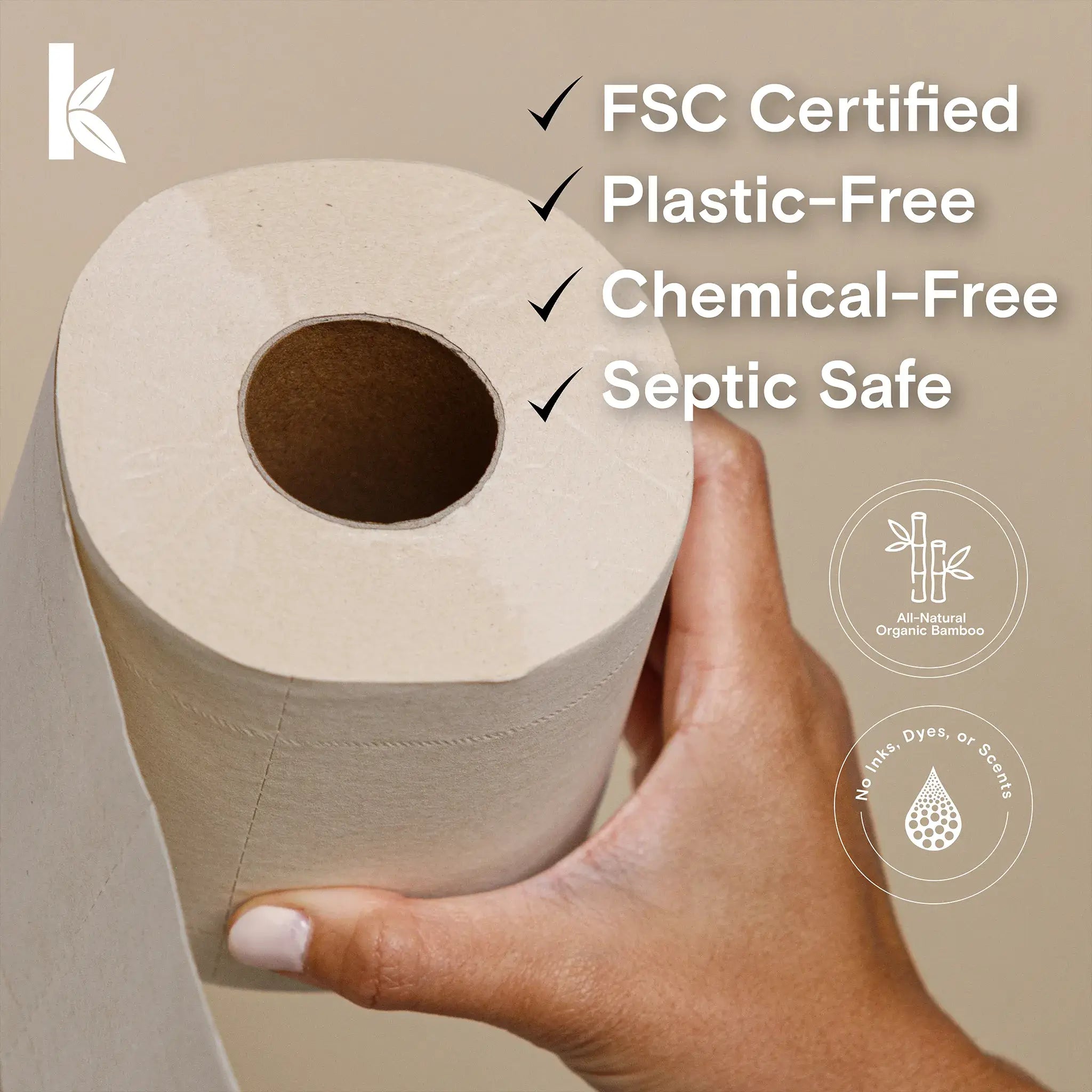


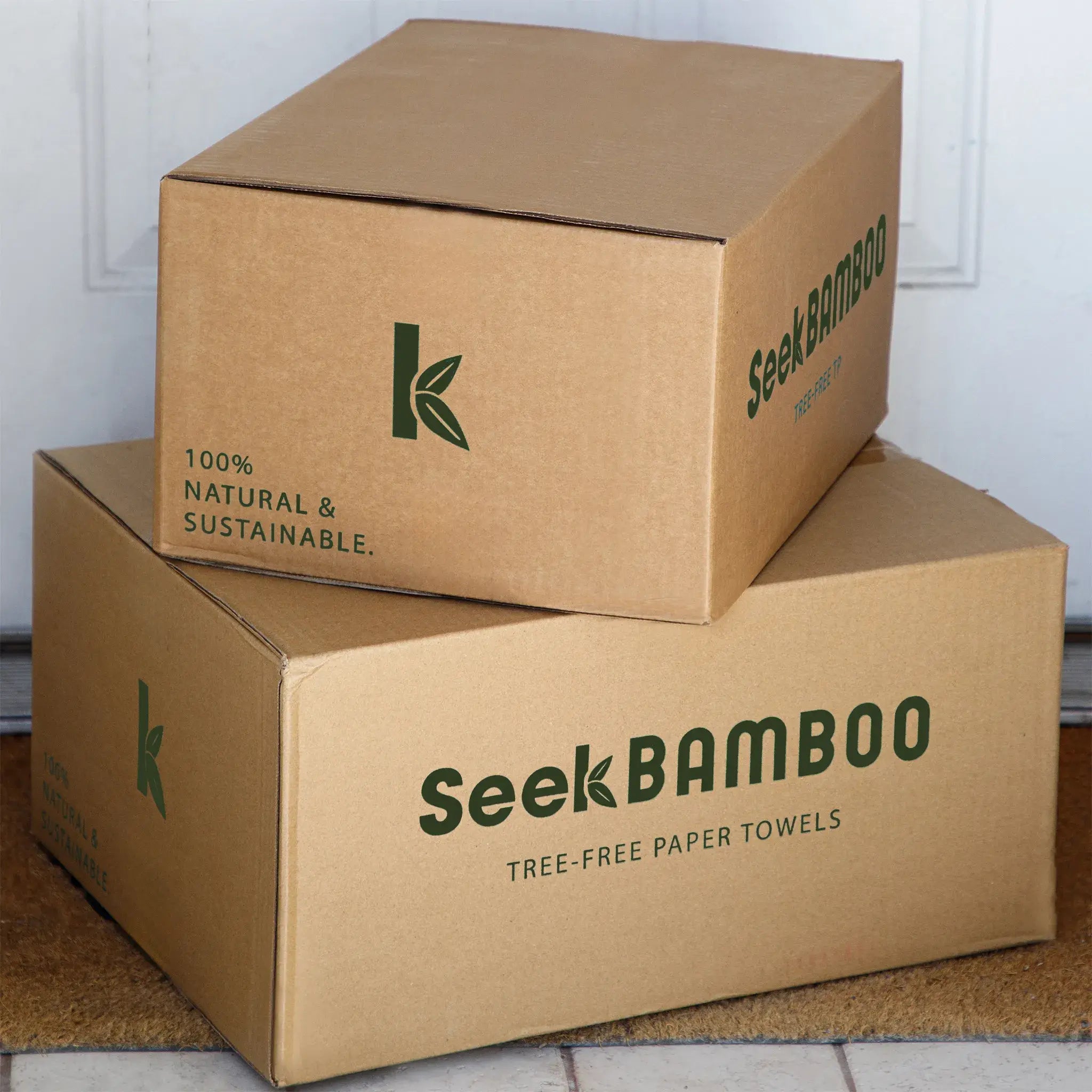
✓ Free of BPA, PFAS, chlorine, dyes, & fragrances
✓ Luxuriously layered 3-ply, 300 sheets per roll
✓ Naturally antibacterial, anti-fungal, & hypo-allergenic
✓ Hassle-free subscription, cancel or pause anytime
Choosing a Greener Future
By understanding what toilet paper is made of and its environmental impact, you can make smarter, eco-conscious choices. Bamboo toilet paper stands out as a sustainable and effective alternative, offering the perfect combination of softness, strength, and minimal environmental impact. By making the switch to bamboo-based products, such as bamboo paper towels, you’re not just improving your household essentials—you’re contributing to a healthier planet. The power to make a difference is in your hands—literally!
Featured collection
From Forest to Bathroom: Bamboo FAQs Unveiled
You deserve to know what you're wiping with!
What is bamboo toilet paper made from?
Bamboo toilet paper is made from the fibers of the bamboo plant. After harvesting, bamboo is processed into pulp, which is then formed into soft, strong, and absorbent toilet paper. Bamboo is a fast-growing, renewable resource, making it a more sustainable option compared to traditional wood pulp.
Is bamboo toilet paper biodegradable?
Yes, bamboo toilet paper is fully biodegradable. It breaks down naturally in septic systems or composting environments without releasing harmful chemicals. Unlike some traditional toilet papers, bamboo toilet paper is also septic-safe, making it a better choice for both your plumbing and the environment.
How does bamboo toilet paper compare to regular toilet paper in terms of softness?
Bamboo toilet paper is naturally soft without the need for harsh chemicals or bleaching processes. Its fibers create a smooth, gentle texture that’s comparable to or even surpasses traditional toilet paper made from wood pulp. Bamboo is especially a great choice for people with sensitive skin, as it’s hypoallergenic and chemical-free.
Is bamboo toilet paper as durable as regular toilet paper?
Yes, bamboo toilet paper is incredibly durable. Bamboo fibers are longer and stronger than wood pulp, which makes bamboo toilet paper resistant to tearing, even when wet. It offers superior strength while maintaining its softness and absorbency, reducing the need for excessive sheets with each use.
How eco-friendly is bamboo toilet paper?
Bamboo toilet paper is one of the most eco-friendly options available. Bamboo is a renewable resource that grows quickly and doesn’t require replanting after harvest. It uses less water than wood pulp and doesn’t contribute to deforestation. Additionally, bamboo paper is processed without harmful chemicals like chlorine bleach, making it safer for both the planet and your skin.
How much water is used in the production of bamboo toilet paper compared to wood pulp toilet paper?
Bamboo requires significantly less water to grow than trees used for wood pulp. Bamboo is a highly water-efficient plant, and the production process uses far fewer gallons of water. In contrast, wood pulp toilet paper production consumes a large amount of water, with estimates suggesting that it takes around 37 gallons of water to make just one roll of traditional toilet paper.
Are bamboo toilet paper and paper towels as absorbent as regular paper products?
Yes! Bamboo toilet paper and bamboo paper towels are highly absorbent. Bamboo fibers are naturally moisture-wicking, meaning they can absorb liquids quickly and efficiently. This makes bamboo products just as effective, if not more so, than traditional paper towels and toilet paper, reducing the amount you need to use.
Is bamboo toilet paper more expensive than regular toilet paper?
While bamboo toilet paper can be slightly more expensive than traditional toilet paper, the benefits outweigh the cost. Bamboo is a high-quality, eco-friendly product that offers superior softness, durability, and absorbency. Additionally, by using fewer sheets per use due to its durability and strength, you may end up spending less in the long run.


